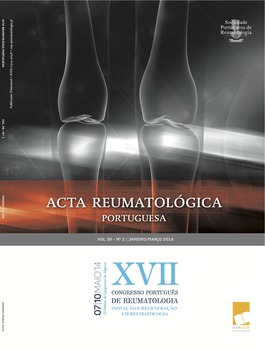What affects the quality of life in patients with Behcet’s disease?
Authors
Mehmet Melikoglu, Meltem Alkan Melikoglu
Aim: The aim of this study was to evaluate the possible
associations between quality of life (QoL) and sociodemographic
features, disease characteristics and
the Behcet’s Disease (BD) disease activity of the patients
with BD.
Patients and Methods: One hundred and seven patients
with BD were included in this study. Sociodemographic
features including age, gender, education
level of the patients and the disease characteristics including
disease duration, disease onset age, the history
BD clinical involvements were recorded. In patients
with BD, the BD Current Activity Form was used for the
evaluation of disease activity. The short form-36
(SF-36) QoL scale was used to evaluate the QoL in patients
with BD. The Student t test, analysis of variance
and Spearman’s correlation matrix were used for the
statistical analysis.
Results: Men showed higher mean scores of role-physical
and bodily pain domains of SF-36 than women
did (p <0.000 and 0.001). Patients over 41 years of age
had higher mean general health scores and university
graduates patients had higher mean mental health scores
than the other groups (p <0,01). Patients with a disease
duration more than 5 years and patients have a
younger disease onset age showed lower general health
score than the others (p <0,01). Also patients with an
anamnesis of uveitis, genital ulceration, erythema nodosum,
thrombophlebitis, joint and gastrointestinal
system involvement showed lower QoL than the patients
without these complaints (p <0,05 and p <0,01).
In the analysis of disease activity physical subscores of
SF-36 were found to be correlated with fatigue, oral ulceration and joint involvement (p <0,01). Bodily pain
showed a correlation with fatigue, headache and more
highly with joint involvement (p <0,01 and p <0,001
respectively). General health was correlated with GIS
and eye involvement and vitality was found to be correlated
with fatigue, patient’s and doctor’s impression of
disease activity (p <0,01). Mental and emotional scores
were correlated with oral- genital ulceration, eye and
joint involvements (p <0,01).
Conclusion: In addition to demografic features and clinical
involvements, BD disease activity can affect QoL
in patients with BD. These results highlight the importance
of managing the symptoms and the disease activity
effectively in order to improve QoL in BD.
Section:
Original articles





